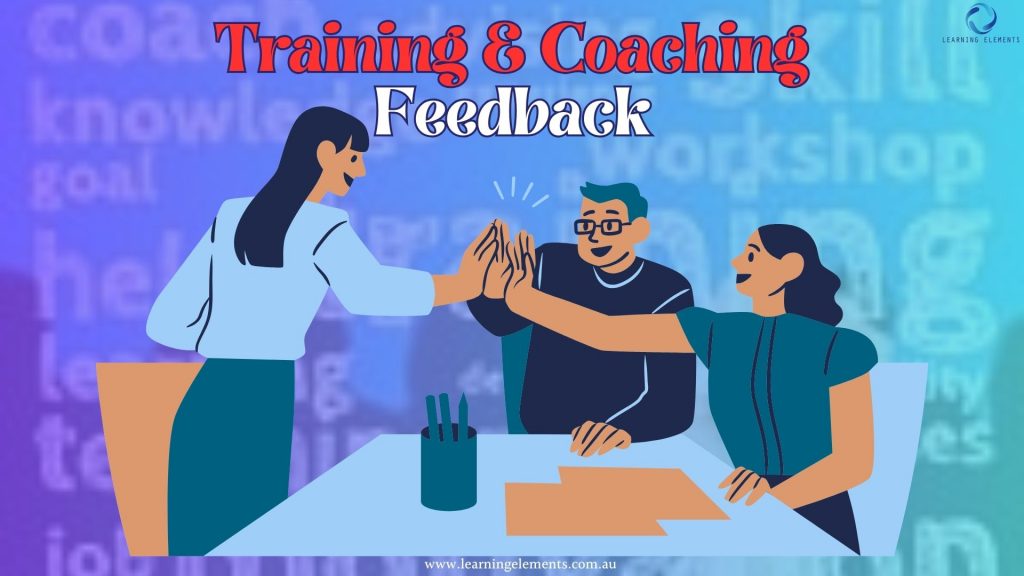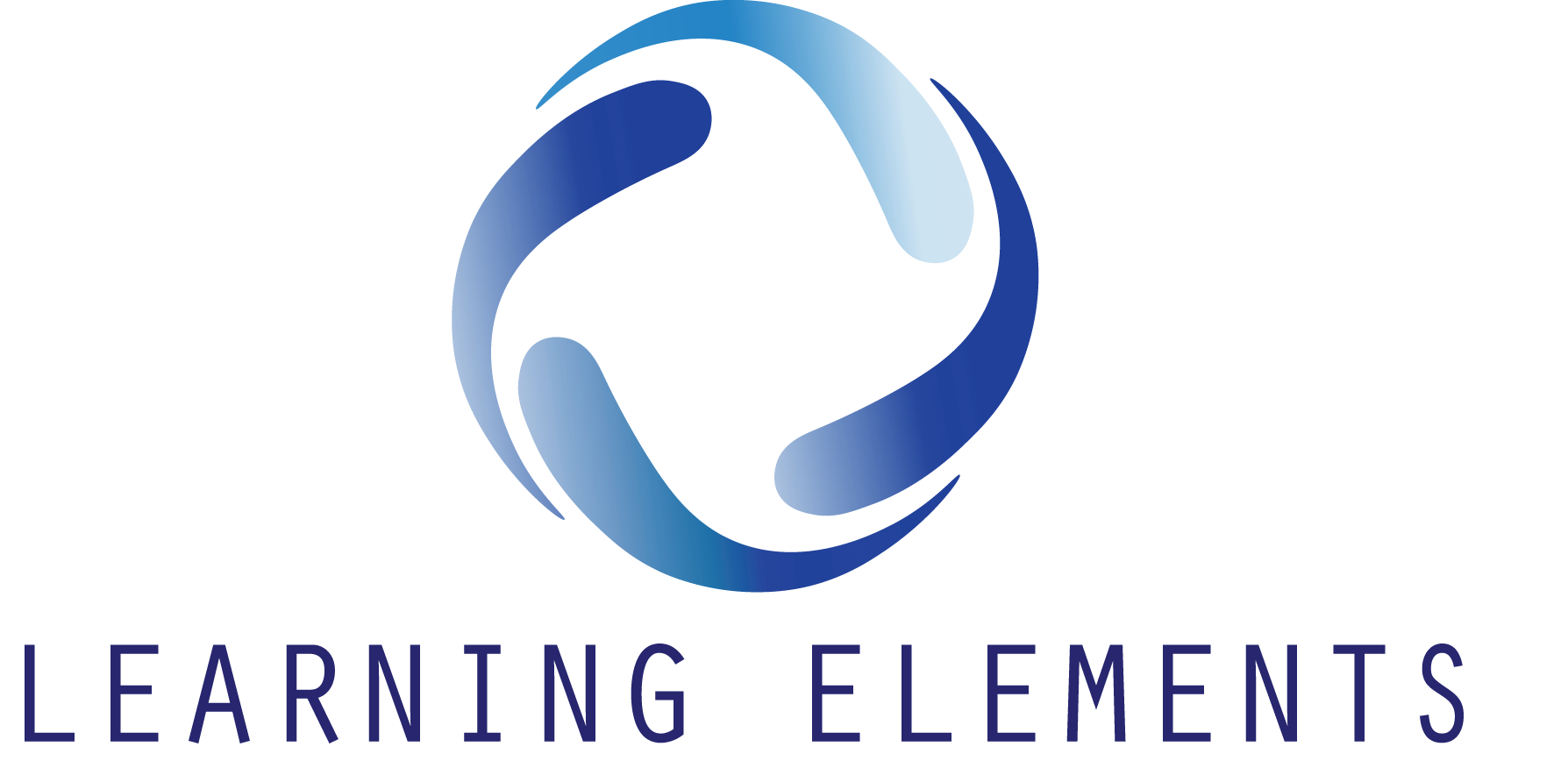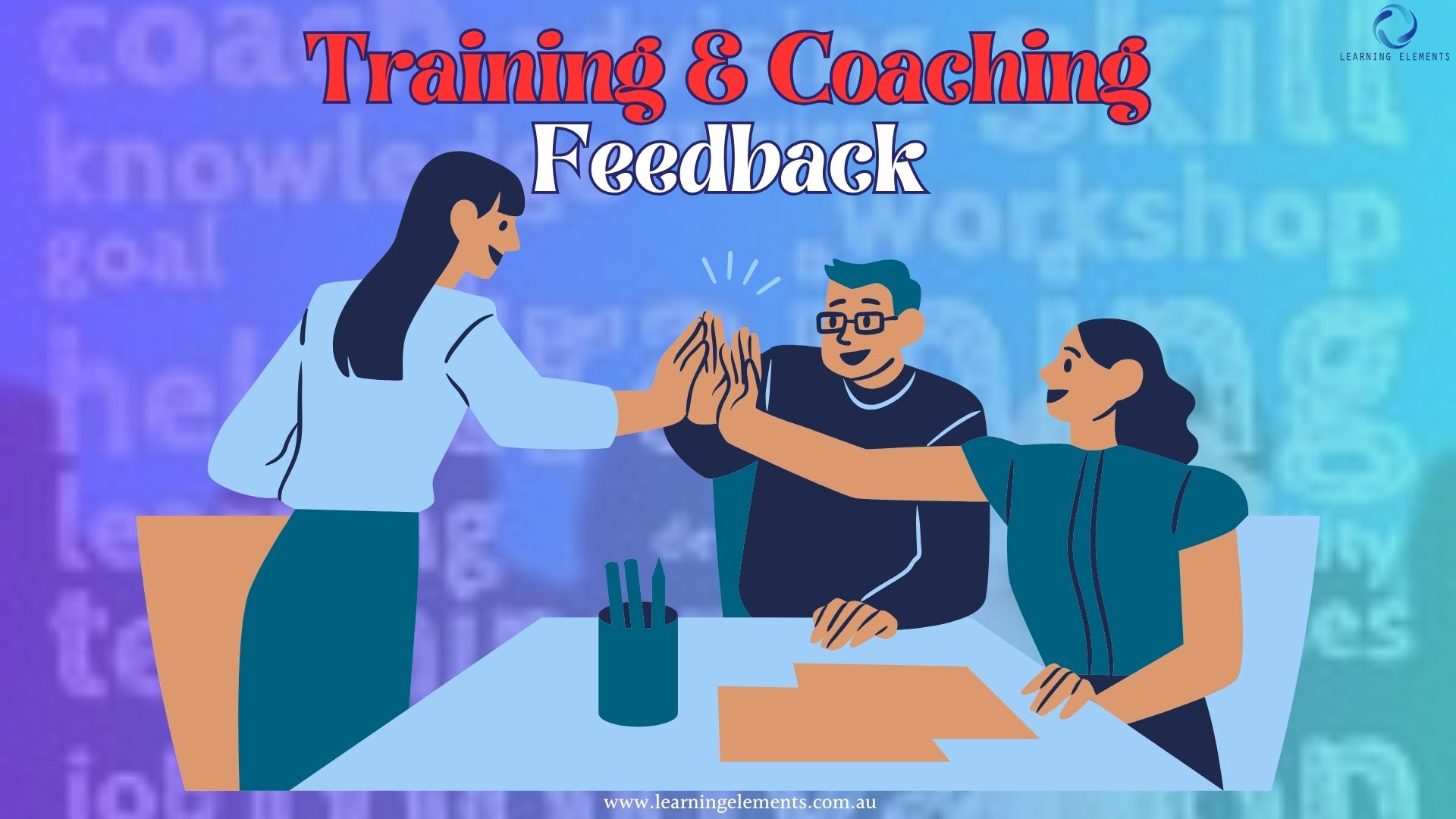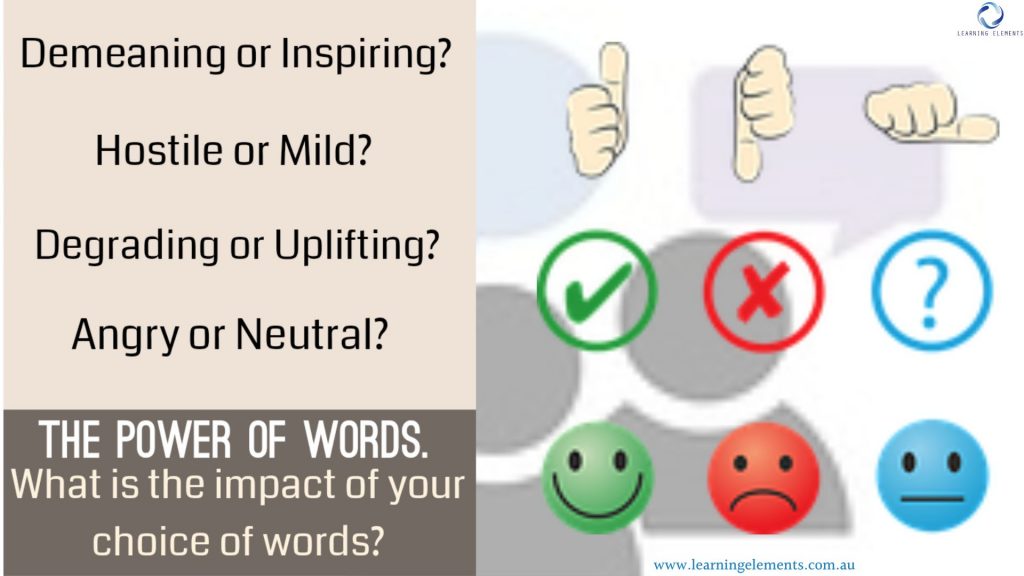The Pivotal Role of Feedback in Coaching and Training
Effective coaching and training are essential pillars of success. But what truly drives improvement and excellence? The answer lies in feedback. We will explore the pivotal role feedback plays in coaching and training, from enhancing skills to fostering a culture of continuous improvement. Together, let’s discover the science behind feedback, its various forms, and how to leverage it for transformative results. Join us on a journey to unlock the full potential of your team through the power of feedback.

The Feedback Framework
Feedback forms the bedrock upon which growth and development stand. It’s more than just a casual comment or an annual performance review; it’s a dynamic and essential process that drives improvement.
Understanding Feedback
To harness the full potential of feedback, it’s crucial to comprehend what it truly is and why it’s the cornerstone of growth. Feedback goes beyond mere words; it’s an exchange of insights, observations, and reflections. It’s a vehicle for self-awareness and improvement. By grasping the fundamental nature of feedback, individuals and organisations can create an environment where growth becomes not just a goal but a continuous journey.
The Psychology Behind Feedback
Feedback isn’t just about words; it’s a powerful psychological tool that influences behaviour, motivation, and performance. What are the intricate workings of the human mind when confronted with feedback? Understanding how feedback impacts the psyche is essential for coaches, trainers, and individuals seeking personal and professional growth. By comprehending the psychological aspects of feedback, one can tailor their approach to make it more effective and impactful. It’s a journey into the human psyche, where feedback becomes a catalyst for positive change!

Some of the Most Commonly Used Feedback Types
Constructive Feedback:
Constructive feedback is like a roadmap for improvement. It highlights areas where an individual or team can enhance their performance. It’s specific, actionable, and focused on the task or behaviour rather than the person. The Learning Elements team often uses constructive feedback to guide individuals and organisations towards their goals, promoting growth and development.
-Positive Feedback:
Positive feedback is a powerful motivator. It recognises and reinforces desired behaviour, skills, or achievements. It’s not just about praise; it’s about acknowledging success and encouraging more of it. Positive feedback boosts morale, fosters confidence, and inspires individuals to continue their excellent work.
-Negative Feedback:
Negative feedback, while often seen as critical, serves as a crucial tool for growth. It points out areas where improvement is needed, helping individuals identify their weaknesses. When delivered constructively, negative feedback can lead to positive change. It’s an opportunity for individuals to learn from their mistakes and enhance their performance.
Formal Feedback:
Formal feedback follows a structured process, often occuring at predetermined intervals, such as annual performance reviews. It provides a comprehensive assessment of an individual’s performance, typically involving documentation and goal-setting. Formal feedback is valuable for setting long-term development objectives.
Informal Feedback:
Informal feedback is more spontaneous and occurs in real-time. It’s often delivered in casual conversations or through immediate observations. While less structured, informal feedback can be just as impactful, providing timely insights for improvement.
360-Degree Feedback:
360-degree feedback gathers input from various sources, including peers, supervisors, subordinates, and self-assessment. This comprehensive approach offers a well-rounded view of an individual’s strengths and areas for improvement.
Written and Verbal Feedback:
Feedback can be communicated through both written and spoken words. Written feedback is documented in emails, reports, or feedback forms, providing a clear and tangible record. Verbal feedback is delivered through spoken conversations, allowing for immediate interaction and clarification.
Balancing the Perspectives: Evaluative and Descriptive Feedback
Evaluative Feedback:
Evaluative feedback provides a judgement or assessment of an individual’s performance. It offers a clear verdict on whether the performance met expectations, exceeded them, or fell short. While evaluative feedback can be motivating, it’s crucial to ensure it’s constructive and based on specific criteria. Learning Elements emphasises the importance of using evaluative feedback to help individuals understand their progress relative to predefined standards.
Descriptive Feedback:
Descriptive feedback focuses on providing specific information about an individual’s performance. Instead of offering a judgement, it describes what was observed, highlighting both strengths and areas for improvement. Descriptive feedback is valuable for helping individuals understand what they did well and where they can enhance their performance. It encourages self-reflection and promotes growth.
Balancing evaluative and descriptive feedback is essential for effective coaching and training. While evaluative feedback provides a broader perspective, descriptive feedback offers the details needed for targeted improvement. Together, they create a well-rounded feedback framework that fosters growth and development.
When to Give Feedback in Coaching and Training
Timing is crucial. Feedback is not just about what you say; it’s also about when you say it. The timing of feedback can significantly impact its effectiveness. Here, we explore when to give feedback for maximum impact:
The Right Timing for Feedback
Immediate Feedback:
There are moments when feedback should be delivered promptly. Immediate feedback is valuable when addressing critical issues or correcting errors in real time. It’s like a coach offering instant guidance during a game, ensuring that individuals can adjust their performance immediately.
Scheduled Feedback:
Scheduled feedback occurs at predetermined intervals, such as during performance reviews or regular check-ins. This type of feedback provides a structured approach to tracking progress and setting goals. It’s an opportunity for individuals to reflect on their performance over a specific period.
Event-Based Feedback:
Some situations call for feedback tied to specific events or milestones. For example, after completing a project or achieving a milestone, feedback can help individuals assess their performance and identify areas for improvement. Event-based feedback adds context and relevance to the evaluation.
Continuous Feedback:
Continuous feedback is an ongoing process that occurs regularly rather than at fixed intervals. It’s about providing insights and guidance whenever necessary, fostering a culture of constant improvement and adaptability. This type of feedback is especially effective in dynamic environments where immediate adjustments are essential. Learning Elements encourages the practice of continuous feedback to keep individuals and teams on a path of growth.
The Pivotal Role of Feedback in Coaching and Training
In the ever-evolving landscape of personal and professional development, one factor remains constant: the importance of feedback in coaching and training. Learning Elements’ mission is all about delivering customised solutions to empower individuals and organisations. We want to shed light on why feedback is vital and walk you through its relevance using various highlights from our previous posts.
The Importance of Feedback in Coaching and Training
Effective coaching and training are not one-way streets; they thrive on exchanging feedback. Our post, “7 Ways to Engage Virtual Learners,” delves deeper into the virtual training aspect. Here, feedback is like a compass, guiding trainers to adapt and engage learners effectively. Whether it’s adjusting content or fine-tuning delivery methods, feedback ensures the training remains engaging and productive.
Exploring Different Types of Feedback
In “Improving the Customer Experience,” we share how feedback acts as a catalyst for enhancing customer interactions. Understanding the diverse forms of feedback, such as customer reviews and surveys, empowers businesses to tailor their strategies for maximum customer satisfaction. The ability to analyse and respond to feedback can turn an ordinary customer experience into an exceptional one.
Unveiling the Benefits of Getting Feedback
The post “Benefits of Conducting a Training Needs Analysis” touches on how feedback plays a pivotal role in identifying training needs. It is through feedback that organisations can understand their employees’ skill gaps and development requirements. By harnessing this knowledge, training programs can be tailored to address specific needs, resulting in a more competent and motivated workforce.
Mastering the Art of Giving and Receiving Feedback
In our article “Qualities of an Effective Leader,” we highlight how leaders can refine their skills through feedback. The ability to provide constructive feedback to team members and actively listen to their responses is a hallmark of effective leadership. By integrating feedback into their leadership approach, leaders can foster a culture of continuous improvement.
Understanding When Feedback is Necessary
The post “Training Gaps and Objectives” outlines how feedback serves as a compass for organisations seeking to bridge performance gaps. Feedback identifies where training is needed most, helping organisations allocate resources effectively. Book a consultation with us to synchronise your training efforts with your strategic goals.
How to Get Comfortable with Feedback
The Learning Elements team understands that embracing feedback can be challenging. How individuals can overcome their discomfort with feedback? We provide insights on building a positive mindset towards feedback, ultimately facilitating personal and professional growth. Here are some strategies to help you:
1. Shift Your Mindset:
Instead of viewing feedback as criticism, see it as an opportunity for improvement. Understand that feedback is a valuable tool for enhancing your skills and performance.
2. Seek Feedback:
Actively seek feedback from coaches, trainers, peers, and mentors. Make it clear that you value their input and are open to constructive criticism.
3. Focus on Growth:
Embrace a growth mindset. Understand that nobody is perfect, and there is always room for improvement. View feedback as a means to reach your full potential.
4. Practice Active Listening:
When receiving feedback, listen attentively without interruption. Try to understand the perspective of the person providing feedback. Ask clarifying questions to gain deeper insights.
5. Separate Feedback from Self-Worth:
Remember that feedback addresses your actions and performance, not your worth as a person. Don’t take feedback personally; instead, use it as a tool to enhance your skills.
6. Set Goals:
Use feedback to set specific, actionable goals for improvement. Break down these goals into manageable steps and track your progress.
7. Feedback Journal:
Maintain a feedback journal to record the feedback you receive. Reflect on this feedback regularly to track your growth and identify patterns.
8. Act on Feedback:
The most crucial aspect of getting comfortable with feedback is applying it. Act on the feedback you receive to demonstrate your commitment to growth and improvement.
9. Self-Assess:
Alongside external feedback, engage in self-assessment. Reflect on your performance and identify areas where you believe you need improvement. This self-awareness can complement external feedback.
10. Celebrate Progress:
Acknowledge and celebrate your progress. Recognise your achievements and the positive impact of feedback on your development.
Remember, getting comfortable with feedback is a journey. It may take time, but with perseverance and the right mindset, feedback can become a powerful tool for your personal and professional advancement.
Make feedback your secret weapon for growth and success. Schedule a 30-minute consultation today to take the first step towards a brighter future!
Types of feedback – NSW Department of Education




